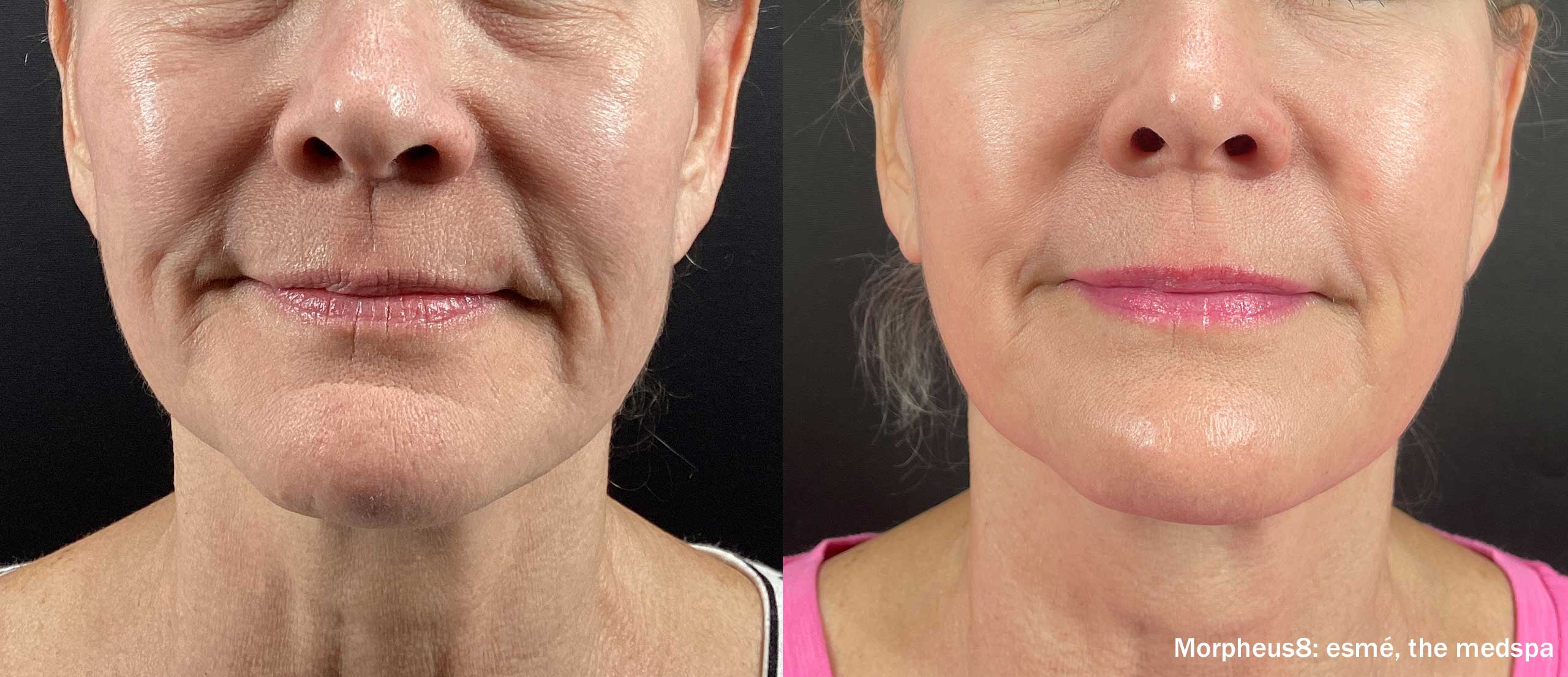
CoolSculpting is a revolutionary approach to weight loss that has helped millions of people shed unwanted pounds and sculpt their bodies to have the figure they dream of. As CoolSculpting continues to increase in popularity, the rumors around it continue to evolve. Let’s debunk some of the most common myths about this innovative procedure.
Many people are under the impression that this method of fat removal is not approved by the FDA and is often not regulated. However, this could not be further from the truth. According to WebMD, it was approved by the FDA in 2010. Our technicians receive special training to ensure they know how to use equipment properly and that everything is regulated.
Another common myth is that this procedure is an invasive weight loss solution. The truth is that CoolSculpting uses a cooling applicator to target fat cells without making incisions and without using anesthesia. This means that most people will feel comfortable during the procedure and don’t need to worry about any unnatural side effects.
Many people believe that they’ll immediately see results from Coolsculpting, setting up unrealistic expectations and disappointment. However, the reality is that results are seen over several weeks as your body slowly eliminates the fat cells through a natural process.
Even though it’s not the instant results you may have imagined, it’s still much faster and more effective than other less effective methods that may take several months, such as dieting. It also helps the weight loss and sculpting effect to appear more natural.
CoolSculpting is most commonly used to treat stubborn abdominal fat, leading many people to believe that is its only use. In reality, the applicator can be used almost anywhere on the body. It can be used on the arms, thighs, and even the chin. Many patients spot-treat various body parts to help perfectly sculpt their figure.
Most weight loss treatments are invasive or require a certain amount of downtime. The same applies to many cosmetic treatments, so people think they’ll have to spend some time in bed after receiving CoolSculpting. However, this non-invasive method of weight loss involves minimal discomfort and is non-invasive. You can resume regular activity after your appointment.
We understand that new patients are bound to have questions. Our experienced, trained staff will happily take the time to ensure you know the facts about Coolsculpting. Contact us at Timeless Age Medical for more information today.
Posted 5/24/24


